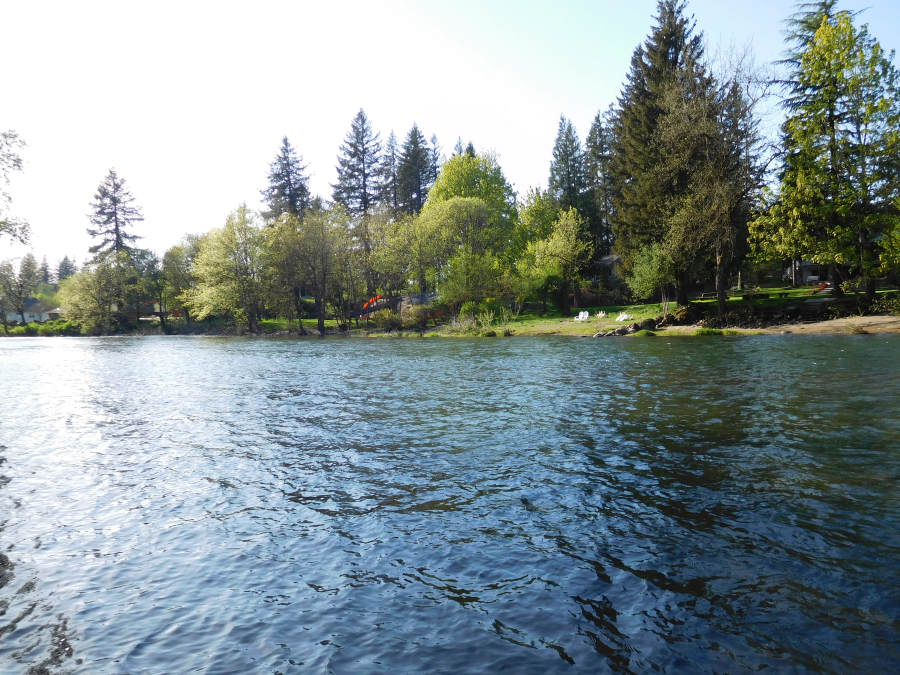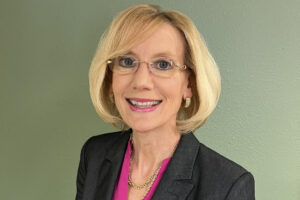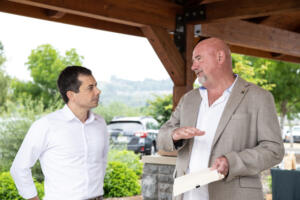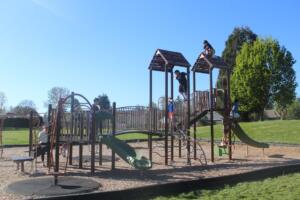An effort to improve the quality of the lower Washougal River and its salmon habitats could pay some homeowners to plant native vegetation and create “rain gardens” along the river’s edge.
The Vancouver Watersheds Alliance is asking homeowners with property along the lower Washougal River to participate in the voluntary streamside enhancement program, which seeks to increase the number of native plants, trees and shrubs along the shoreline and create rain gardens to reduce runoff into the river.
The project could help improve an impaired stretch of the river, which runs through the heart of Washougal.
The 2010 Clark County Storm Water Needs Assessment characterized the condition of the lower Washougal River as degraded aquatic habitat, due to loss of forest and the amount of impervious surface. Six years earlier, the Lower Columbia Fish Recovery Board Habitat Assessment rated the riparian conditions in the lower Washougal watershed as “impaired.”
Tom Dwyer, a Camas resident who works part-time as a program coordinator for the Vancouver Watersheds Alliance, has talked with about a dozen homeowners so far, and said eight of them are going through the sign-up process.




